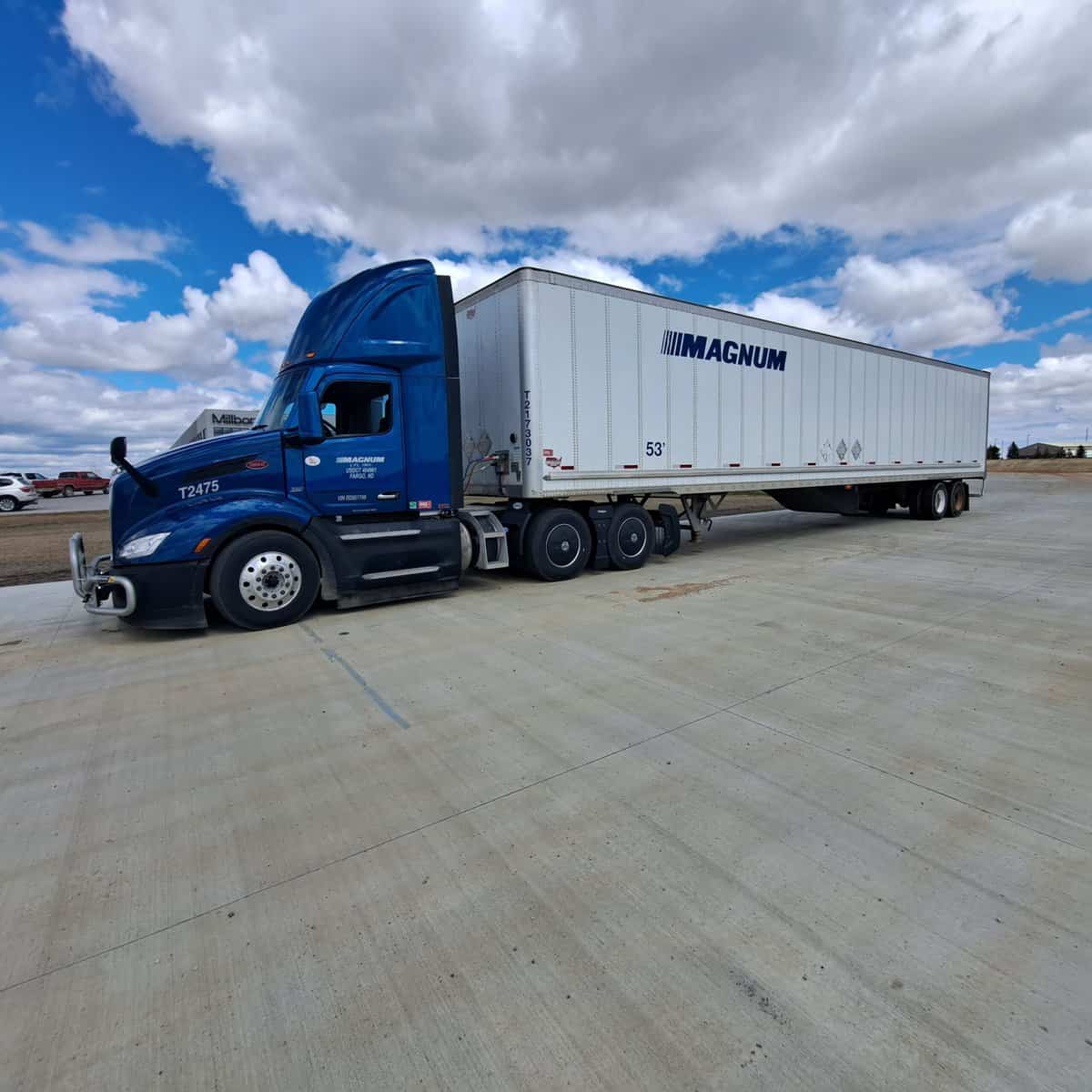The trucking industry plays a crucial role in the transportation of goods and services across the country. One of the most frequently asked questions related to this field is how truck drivers are compensated for their hard work and long hours on the road. Understanding the various payment options can help drivers make informed decisions about their career path and give some insight into the financial aspects of the profession.
Truck drivers’ salaries vary depending on the drivers’ experience, location, and the type of truck they drive. The average salary for a truck driver in the United States stands at $83,318 per year as of May 27, 2023. This salary can fluctuate based on factors like the nature of the job and the location of the drivers. Payment structures also differ, with common methods including pay per mile, hourly rates, and even salaries for specific types of jobs.
Understanding Truck Driver Pay
Hourly Pay
Hourly pay involves drivers earning a specific amount of money for each hour they work. This type of pay is typically reserved for local or short-haul truck drivers, who often have set working hours and return home daily.
One particular distinction about hourly pay in the trucking industry is that due to a loophole provided by the Motor Carrier Act of 1935, many hourly-paid truck drivers do not receive the typical overtime pay that most professions enjoy for hours worked in excess of the standard 40 hour work week. Not all trucking companies take advantage of this exemption, but there are many that do, so if you are considering an hourly paid position, it is advisable to determine if the company pays overtime and under what circumstances they pay it.
Pay Per Mile
Another common way truck drivers are paid is through pay per mile, sometimes referred to as “cents per mile” or CPM. As the name suggests, drivers are paid a certain rate for each mile they drive. This is a prevalent payment method in the trucking industry, especially for long-haul drivers who often spend considerable time on the road and cover vast distances.
In pay per mile, the method of calculating mileage pay can vary. For instance, some companies may use “practical miles,” while others may rely on Household Goods (HHG) miles, often referred to as “short miles,” which are based on the shortest available route between the points of origin and destination.
Percentage Pay
Percentage pay is another way truck drivers can earn their income. In this method, drivers are paid a percentage of the total revenue earned by the carrier for transporting the load. This method can be particularly advantageous to drivers who often transport higher-value loads. The drawback to this method of payment, however, is that if you are empty and deadheading to your next load, you will not be compensated for the time and work involved in doing so.
Common Add-Ons and Accessory Pay
Stop and Layover Pay
Stop pay and layover pay are compensations for extra tasks and time spent in certain situations. Stop pay is provided when a driver has to make additional stops outside of their regular route, such as loading or unloading goods. Layover pay is given when a driver has to wait overnight or for an extended period between shipments.
Detention Pay
When truck drivers experience delays at shipping and receiving facilities, they may be compensated with detention pay. These delays could be due to lengthy wait times for loading or unloading or slow processing of paperwork. Detention pay is meant to compensate drivers for lost time that could have been spent driving and earning money on the road.
Bonuses and Incentives
Truck drivers can also receive various types of bonuses and incentives as part of their compensation package. These may include:
- Safety bonuses, awarded for maintaining an excellent safety record
- Performance-based incentives, such as meeting certain mileage goals or fuel-efficiency targets
- Sign-on and referral bonuses for new drivers or for recruiting new drivers to the company
To sum up, truck drivers have multiple ways of being compensated for their work. Payment structures vary widely and can include stop and layover pay, detention pay, and various bonuses and incentives. Understanding these different types of pay helps drivers make informed choices about the jobs they accept and the companies they work for.
Factors Influencing Pay
Experience
Experience plays a significant role in determining the pay of truck drivers. As drivers gain more experience and knowledge, their pay is likely to increase. Typically, seasoned drivers earn higher wages than those with less experience. Moreover, experienced drivers generally have a safer driving record, which can lead to better insurance and operational savings for companies, ultimately resulting in higher pay for the driver.
Type of Trucking Job
The type of trucking job can also greatly influence the pay rate. Different trucking jobs have different requirements, risks, and responsibilities, which can impact the overall compensation. For instance, specialized trucking jobs like transporting hazardous materials or oversized loads need drivers with specific qualifications and highly skilled abilities, which usually leads to higher pay rates.
Location and Demand
Location can significantly affect the pay of truck drivers. Drivers working in certain states or regions may receive higher pay due to the cost of living or the demand for drivers in that area. In addition, certain regions may have a higher concentration of jobs the trucking industry, which can create more competitive wages. As a result, drivers may find varying pay rates in different areas of the country.
Owner-Operators vs. Company Drivers
Pay Differences
Owner-operators and company drivers have different income structures. As an owner-operator, you run your own business and typically receive payment per load hauled. This means your income can vary greatly depending on the number of loads you secure and the rates negotiated.
In contrast, company drivers are paid by their employer, usually on a per-mile basis, percentage of the load, or hourly basis. This offers more financial stability, as drivers receive a consistent paycheck. However, their earning potential might be lower compared to owner-operators.
Benefits
Owner-operators enjoy certain advantages over company drivers. For example:
- Independence: Owner-operators have more control over their business decisions, including selecting loads, setting schedules, and negotiating rates.
- Higher earning potential: With successful business management and well-negotiated contracts, owner-operators can earn higher incomes than company drivers.
Company drivers, on the other hand, benefit from:
- Stability: As an employee, company drivers receive a regular paycheck and often have access to benefits such as health insurance, paid time off, and retirement plans.
- Fewer responsibilities: Company drivers are not responsible for truck maintenance, administrative tasks, or business management, allowing them to focus solely on driving.
Challenges
Both owner-operators and company drivers face unique challenges in their roles. For owner-operators, some of the challenges include:
- Fluctuating income: As payment is based on loads hauled, income can be inconsistent and subject to industry fluctuations.
- Administrative tasks: Running a business requires handling various administrative tasks such as taxes, insurance, and record-keeping.
- Maintenance costs: Owner-operators are responsible for the upkeep and maintenance of their trucks, which can be costly.
Company drivers face a different set of challenges:
- Lack of control: Company drivers must comply with their employer’s assigned loads, schedules, and routes. They might also be subject to ELD (Electronic Logging Device) requirements, which monitor and restrict their hours.
- Less negotiation power: Company drivers typically don’t have the same opportunity to negotiate rates or select jobs as owner-operators. Consequently, they might receive less desirable routes or loads.
In conclusion, truck drivers should thoroughly research and understand the intricacies of various pay structures to make the best decisions for their careers. By considering factors such as job nature, payment frequency, and industry standards, they can ensure their chosen pay model aligns with their professional and financial needs.


